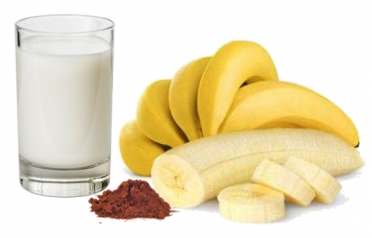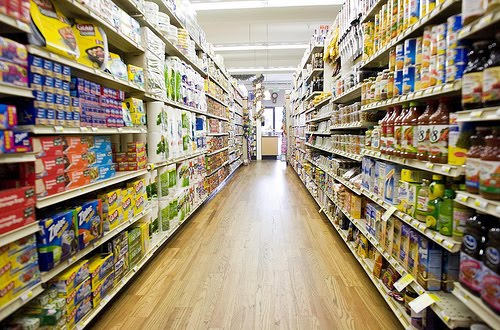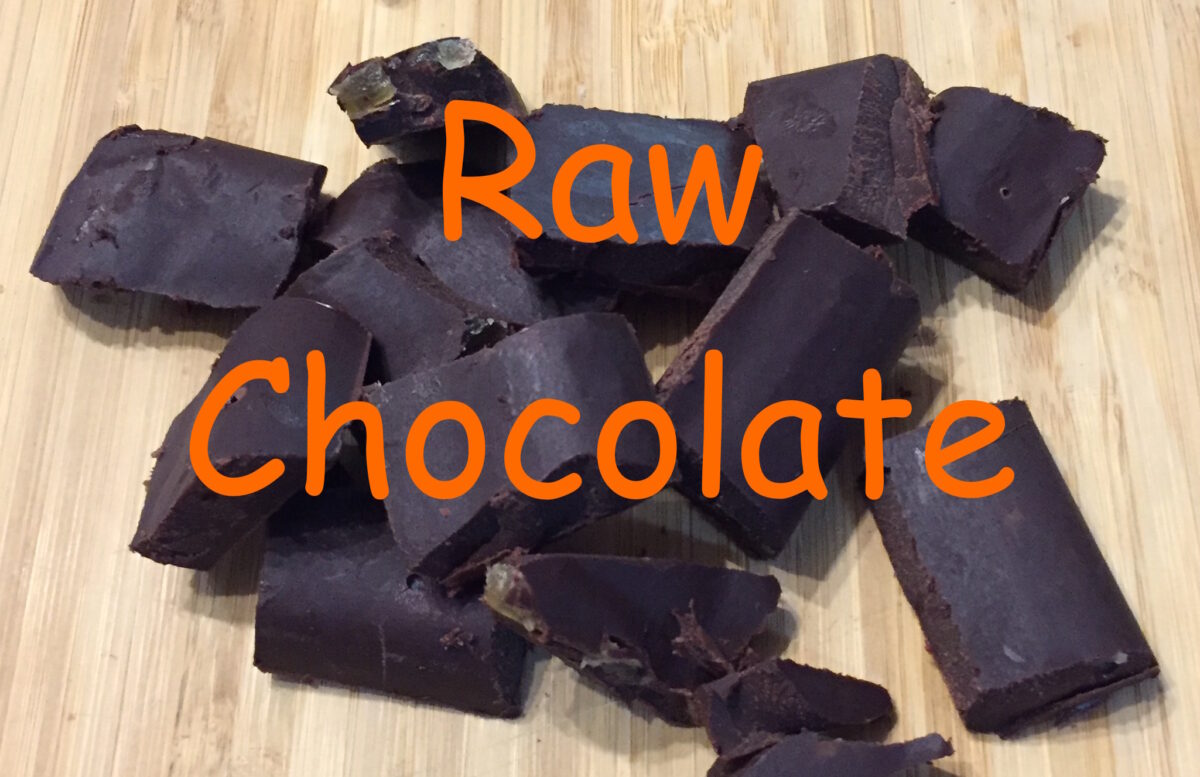In todays post I am looking at Breakfast drinks.
Last week I wrote about the food industry and processed foods. I mentioned that the industry as a whole was driven by profit and questioned what was in our food.
During the week I was doing some research into ‘Energy drinks’ and a friend asked about ‘breakfast drinks’. So, after our discussion and a bit of research later, this is what I came up with.
I decided to do a comparison between an Up ‘n’ Go breakfast drink and a homemade smoothie.
Let’s look at the Up & Go ingredients
Choc Ice, 250ml Breakfast drink
Filtered water, skim milk powder, cane sugar, wheat maltodextrin, soy protein, vegetable oils (sunflower, canola), vegetable fibre, hi-maize™ starch, corn syrup solids, fructose, cocoa (0.5%), oat flour, mineral (calcium), acidity regulator (332), flavours, vegetable gums (460, 466, 407), stabiliser (452), salt, vitamins (C, niacin, A, B12, B6, B2, B1, folate).
Labelling laws in Australia require the ingredients to be listed in order of quantity. So the first ingredient, therefore the most, is water. Followed by Skim milk powder.
Then there is the third most ingredient, the first of the sugars ‘Cane Sugar’.
Followed by another sugar -Wheat maltodextrin, made from wheat starch. Maltodextrins are considered equivalent to sugar but not as sweet.
Then there is Soy protein, Vegetable oils, Vegetable fibre, Hi-maize™ starch and Corn Syrup solids.
Corn syrup solids are made from concentrating corn syrup, a liquid sweetener made from corn. Studies show that the body metabolises corn syrup and corn syrup solids in the same way, and they may contribute to health issues such as obesity, diabetes and liver disease.
Then there is more processed sugar, in the form of fructose. Commercially Fructose or fruit sugar is frequently derived from sugar cane, sugar beets, and corn. The primary reason that fructose is used commercially in foods, besides its low cost, is its high relative sweetness.
Then there is the cocoa, oat flour and the added vitamins, minerals and chemicals required to keep the product on the shelf.
This product is advertised as a ‘healthy’ breakfast option.
I think that we can make healthy breakfast drinks at home. Using fresh ingredients. I have done the research on a quick, Choc-Banana Smoothie, a home made ‘Breakfast Drink’ alternative.
To be fair, this comparison uses Pauls Smarter White milk (as the Up n Go uses skim milk powder).
The Numbers
| Milk 250ml | Banana 50g |
Raw Cacao Pwdr 10g |
TOTAL | Up n Go 250ml | |
| Calories | 162 | 44.5 | 47 | 232.5 | 196 |
| Total fats – g | 9 | 0.15 | 1.9 | 7.05 | 3.8 |
| Sodium – g | 110 | 0.5 | 110.5 | 161 | |
| Potassium – g | 179 | 179 | 514 | ||
| Protein – g | 8 | .55 | 2.1 | 12.65 | 8.3 |
| Total carbohydrates – g | 12 | 11.5 | 5.3 | 31.8 | 29.7 |
| Dietary fiber – g | 1.3 | 1.3 | 4 | ||
| Sugars – g | 12 | 6 | 0.2 | 18.2 | 19.2 |
| COST | .50 | .24 | .40 | 1.14 | 1.53 |
For the record, 50g of banana, is approximately ½ an average banana and 10 g of Cacao is a generous tablespoon. Now, I know that the homemade version has 36.5 extra calories and some extra fat. It does however have a little less sugar and more protein.
The most important thing to remember about this comparison though is that the homemade recipe uses 3 real food ingredients. You can also choose to reduce your chemical footprint by buying Organic ingredients.
You will also have some ingredients left over to use in other ways.
Now the choice is yours, but I hope I’ve got you thinking about what you and your family eat.
Till the next post,
Live Clean n Prosper




